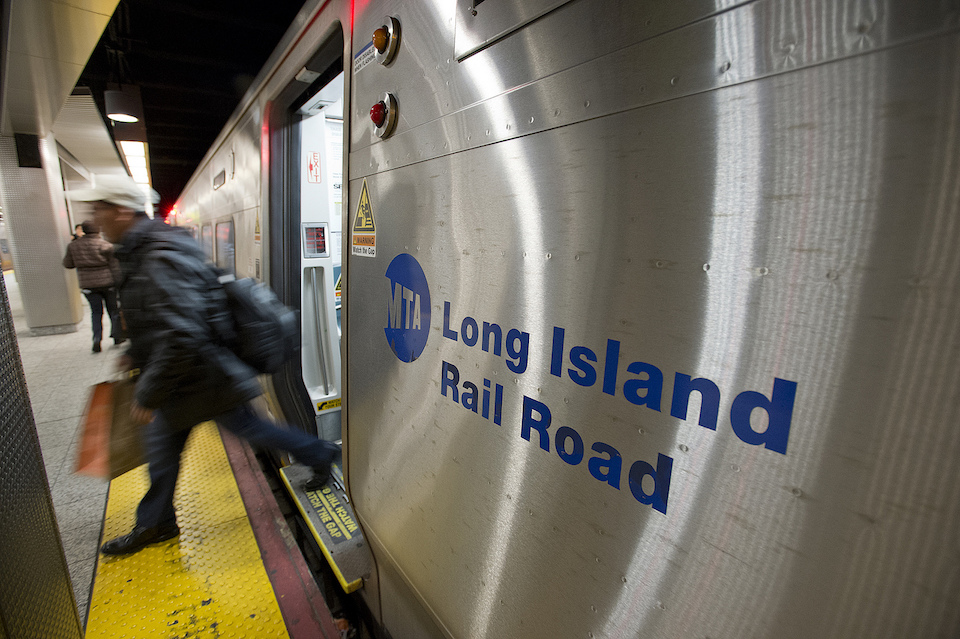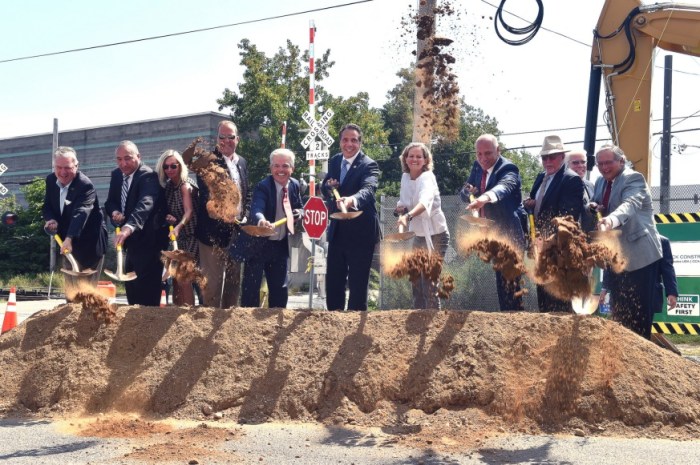Metro: How does anengineernormally stop atrain?
Richard Beall:Usually it’s with a lever. They’ll have the lever in the front of the controls, and the lever is placed at different degrees to match it to different degrees that you want it to brake, such as coming to a final stop or slowing when going past a yellow signal. If you push it all the way, an emergency break is applied. Was this LIRRcrasha mechanical failure or human error?
If I had to lean one way, it’s probably operator error. The simple fact being that it wasn’t anemergency situation. It just overshot the bumper a little bit,andnot ata high speed. He obviouslystopped at all sorts of other stations and routes and nothing happened there. He could have momentarily fallen asleep, got distracted and just did not break in time. It is very, very unusual that it would be a brake failure, but anything can happen. Something can lodge in the system air pipe andblock it.
Are the passenger cars on commuter trains such as the LIRR designed for safety during an impact or derailment?
A: They are. Almost everything is put through tolerance testing, but you can only do so much if the train comes to an abrupt stop, withpeople standing up,getting ready to go,or not holding on, holding a briefcase. If the train is going 5 mph and stops suddenlythe people will continue to go 5 mph. Could Positive Train Control have prevented the crash?
Certainly if it is implemented, that could have overrIdden the operator and caused it to break sooner. Positive Train Control would be in effect at all times. It’s inaction —not braking, or notobeyingsignals and crossings —that causes it to deploy. Do most other commuter railroad lines have Positive Train Control?
No. Very, very few have it in any form because it is very difficult to get it to interface with their technology and signal systems. It’s still a ways away.
Would installing a system such as Positive Train Control make engineers obsolete?
No. The lack of peopleis what I have been most critical of in the recent Philadelphia and Hoboken train crashes.The big problem is that commuter railroads have gone with one-man operations for a long time, but nothing ever compares to having a second set of eyes. If someone has a medical event, passes out, falls asleep, a few seconds are critical. You don’t want to board an airplane and only see one guy at the cockpit. Richard Beall is a certified locomotive engineer with more than 30 years’ experience in railroad operations. He works as a safety consultant and testifies as an expert witness in railroad litigation. He is based in Miami, Florida.
Could Positive Train Control have prevented the LIRR crash?

Creative Commons/Metropolitan Transit Authority


















